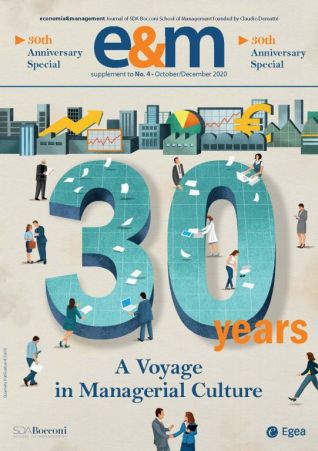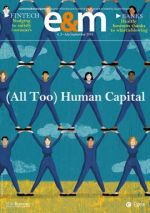E&M
2020/5
2008-2018: How to Interpret the Post-crisis Period
This third article in the mini-series dedicated to Economia & Management ’s thirty years, concentrates on the third decade of the magazine’s history, from 2008 to 2018, with the addition of a few digressions relating to 2019.





